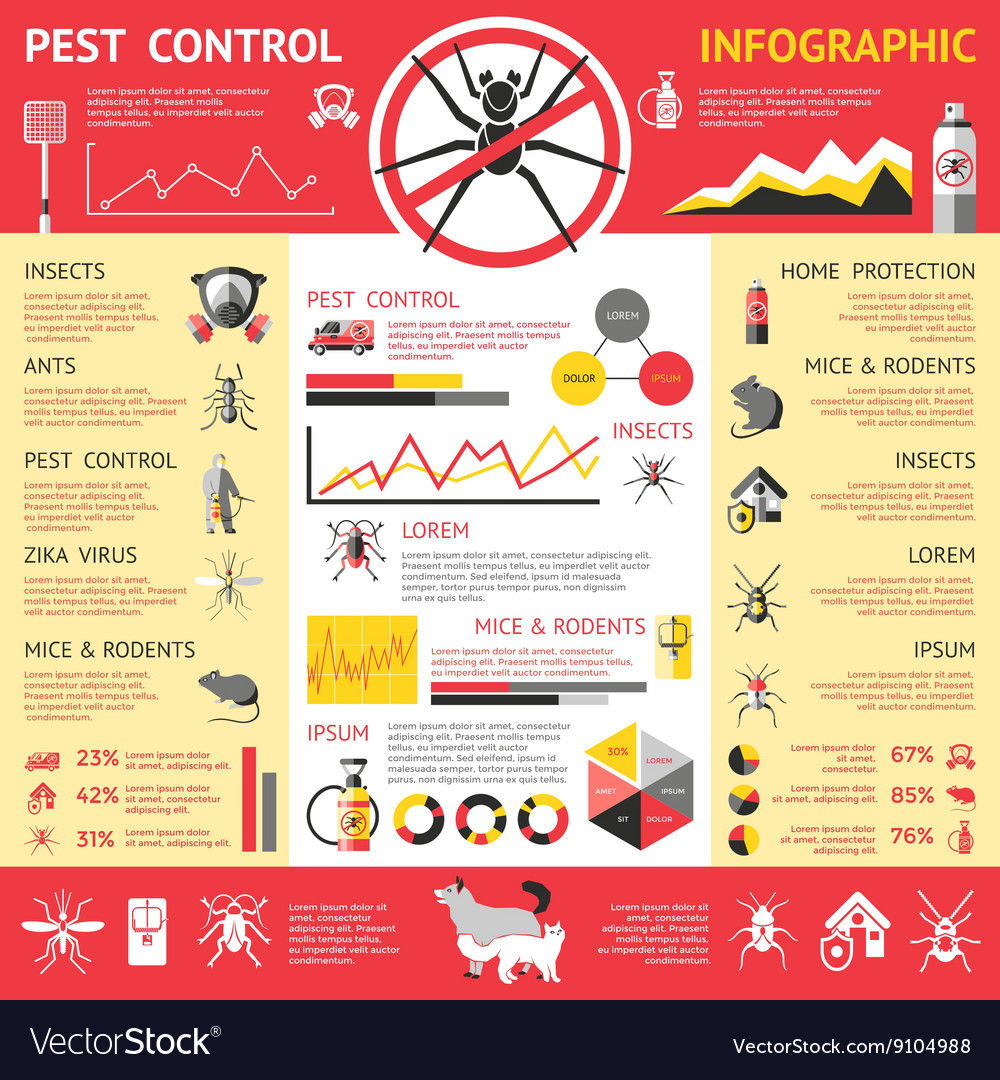Insights Into The Life Cycle Of Bed Bugs: Guidance From Parasite Specialists
Insights Into The Life Cycle Of Bed Bugs: Guidance From Parasite Specialists
Blog Article
Developed By-Rush Yildiz
Like a quiet intrusion, bed bugs can sneak into your home, concealing in the darkness and awaiting the best minute to strike. Recognizing their life process is essential in dealing with these unrelenting insects, and who far better to turn to for suggestions than the specialists themselves?
In this discussion, you will certainly discover the keys of the egg stage, the fairy stage, and the adult phase of bed insects, untangling the secrets behind their strength and perseverance. Dental braces on your own, since what you will discover will leave you doubting every little impulse and bite.
The Egg Stage
Throughout the egg phase, bed pests are in their earliest type, ready to hatch and begin their life cycle. These small eggs are commonly laid in splits and crevices near the bed insect's feeding location, such as seams of mattresses or furnishings. The female bed insect can disable to 5 eggs per day, which amounts to hundreds in her life time.
https://docs.google.com/spreadsheets/d/1gu4ByGtghIofBNRz8YP_5WGzjsVBEXShijWYIWhrXN0/edit?usp=drive_link are oval-shaped and about 1mm in length, making them hardly noticeable to the naked eye. They have a sticky layer that helps them stick to surface areas and continue to be in place. The egg phase lasts concerning one to two weeks, depending upon the temperature level and various other ecological factors.
Once the eggs hatch, the fairies emerge, starting their trip towards their adult years.
The Nymph Stage
As the eggs hatch, the recently emerged fairies embark on their journey in the direction of the adult years, marking the start of the nymph stage in the life process of bed pests. This stage is essential for their growth, and understanding its qualities can aid in handling these pests successfully.
Right here are three crucial things to understand about the fairy stage:
1. Size and Appearance: Nymphs are tiny, gauging only around 1.5 mm in size. They're clear, however after feeding, their bodies turn reddish-brown. As they grow, they dropped their exoskeletons, leaving behind molted skins.
2. Feeding Habits: Like adult bed pests, fairies feed upon blood. They require to feed multiple times to molt and proceed to the next phase. Fairies generally feed on human beings or pets while they rest, leaving scratchy attacks.
3. Growth and Recreation: Fairies experience 5 instars prior to reaching adulthood. Each instar needs a blood meal for development. Once they come to be adults, they can duplicate and proceed the bed insect life cycle.
Understanding click the up coming web site is important for reliable bed insect control. By targeting the fairies throughout this at risk phase, you can prevent their development towards adulthood and halt their problem.
The Adult Stage
After finishing their growth as nymphs, bed pests enter the adult phase. At this stage, grown-up bed pests are around 4-5 mm in size and have a level, oval-shaped body that is reddish-brown in color. They have 6 legs, antennae, and a tiny head. Grown-up bed bugs are completely capable of reproducing and continuing their problem. https://www.dvm360.com/view/6-pest-control-tips-pet-owners on blood, preferably human blood, and can endure without a meal for numerous months. They are primarily energetic in the evening and often tend to conceal in fractures, holes, and furnishings throughout the day.
Adult female bed pests can injure to 5 eggs per day. These eggs hatch out into fairies in about a week. Understanding the habits and life process of adult bed insects is important in properly eliminating and protecting against problems.
Verdict
Now that you understand the life cycle of bed pests, you hold the power to safeguard your home.
Think of a peaceful night's sleep, free from the torment of these tiny insects.
By acknowledging the signs and taking prompt activity, you can avoid invasions and ensure the wellness of your enjoyed ones.
Do not let these sneaky bugs attack your refuge.
Remain attentive, stay educated, and rest tight recognizing you're in control.
